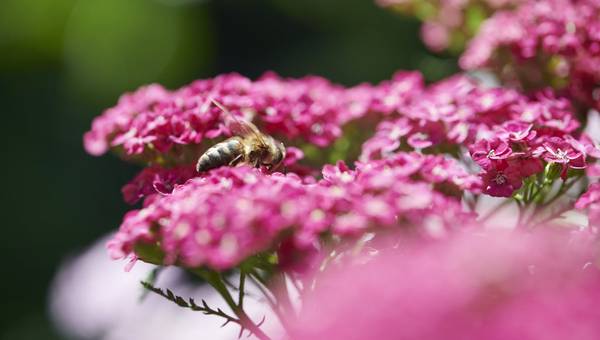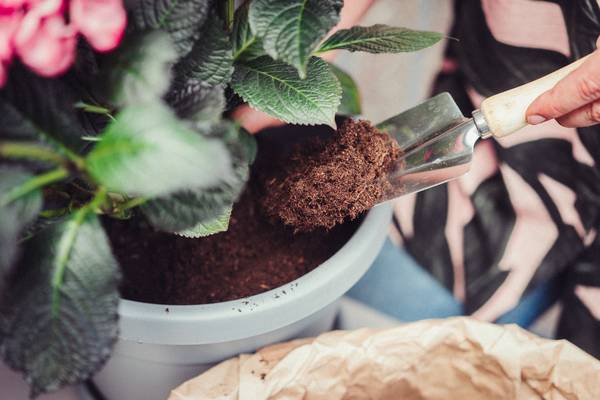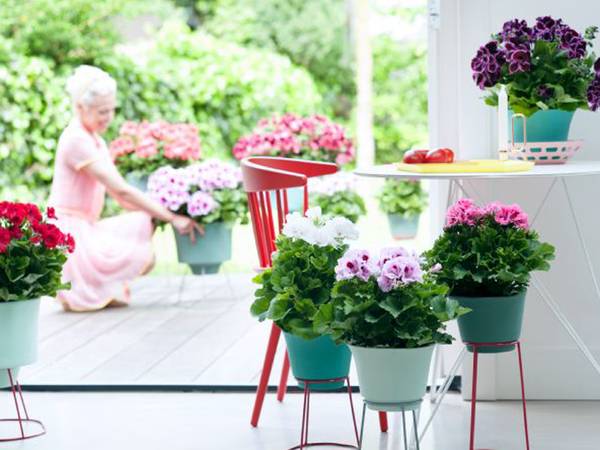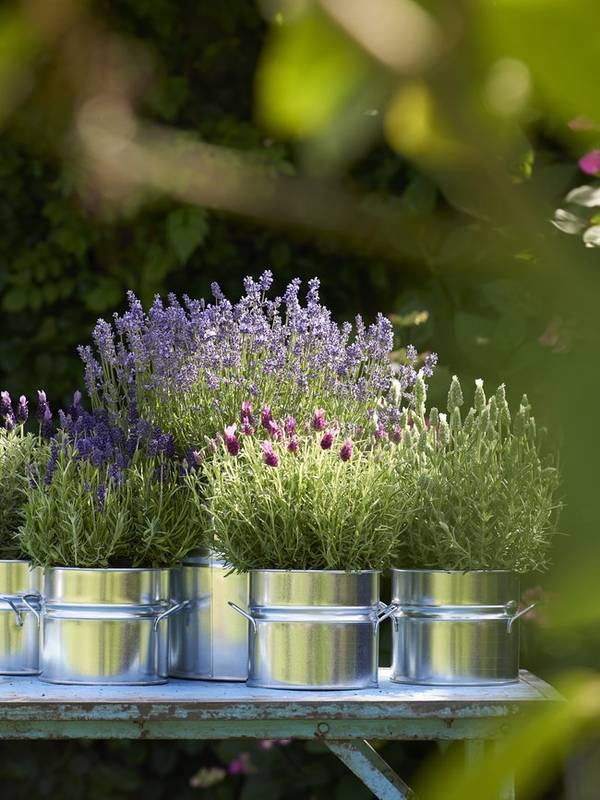
Care
- Stonecrop prefer dry sandy soil in full sun.
- The soil must be well-draining - stonecrop cannot cope with saturated soil.
- The ground-covering varieties are mainly evergreen.
- Tall stonecrop species die back in winter.
- The stems should be left in place - it gives the plant some protection against extreme frost.
- Cut off dead stems in the spring and the plant will then shoot again.
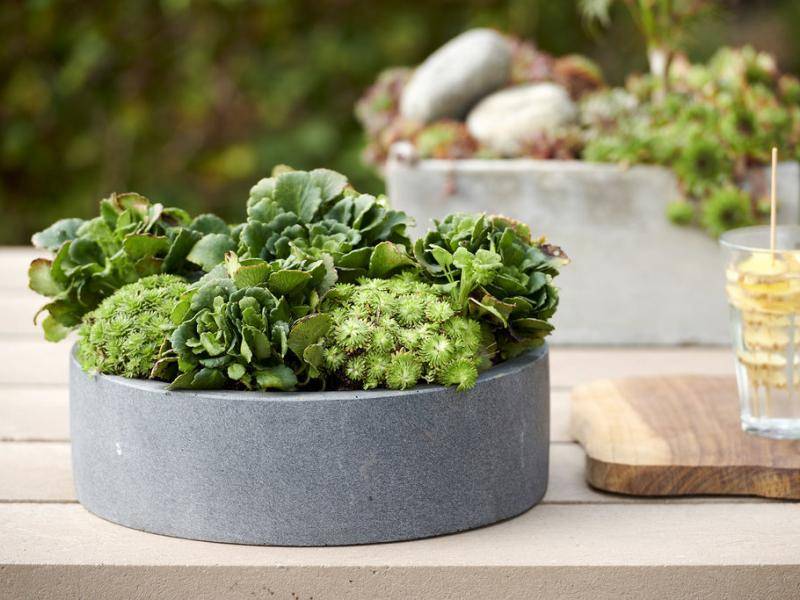
With its cheerful flowers and thick leaves, stonecrop is an appealing and above all easy plant for use in rock gardens and vertical gardens and on living roofs. The plant's flowers are white, yellow and red and are very popular with butterflies, bumblebees and honeybees. The plant retains moisture in the thick leaves in order to survive in hot weather. What is unusual is the modified metabolism. The leaf stoma take in carbon dioxide at night. They only open then in order to minimise the loss of moisture during the hot and dry day. The low-growing species are ideal for living roofs, but there are taller species such as the well-known orpine which reaches a height of 40 to 60 cm and flowers late in the year.
Rocks and ruins
Stonecrop is a member of the Sedum family, which includes some 400 to 500 species. Stonecrop, goldmoss stonecrop and orpine are the best-known. It can survive in difficult conditions and grows in the northern hemisphere, preferably on the old walls of castles, forts and churches.
Trivia
- In the language of plants stonecrop represents tranquillity, a reference to the fact that the plant grows quietly and imperturbably in places where other plants fail.
- In the Middle Ages they believed that stonecrop was a good defence against evil witches and spirits. For that reason it was often planted in churchyards and you can still often find it around churches and monasteries.


